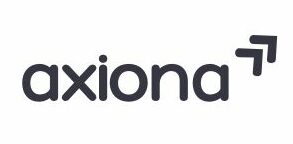Cloud Data Governance
A Comprehensive Guide to Cloud Data Governance Tools
Data governance is no longer a niche concern but a fundamental pillar for any organization looking to leverage its data assets effectively, securely, and in compliance with regulations. As businesses increasingly migrate their data to the cloud, understanding the data governance tools and capabilities offered by major cloud providers like Amazon Web Services (AWS), Microsoft Azure, and Google Cloud Platform (GCP) becomes crucial.
This guide delves into the core fundamentals of data governance and explores how cloud-native tools can help you build a robust governance framework.
What is Data Governance?
At its core, data governance is a collection of processes, roles, policies, standards, and metrics that ensure the effective and efficient use of information in enabling an organization to achieve its goals. It establishes who is responsible for data, what can be done with it, and how it should be handled to ensure data is:
- Accurate & Consistent: Reliable and uniform across systems.
- Secure & Compliant: Protected from unauthorized access and meeting regulatory requirements.
- Available & Usable: Easily accessible to authorized users for informed decision-making.
Cloud platforms offer a suite of tools that can be leveraged to implement and automate various aspects of a data governance framework.
Key Pillars of Data Governance
Let’s explore the fundamental areas of data governance and examples of cloud tools that support them. For each pillar, you can switch between AWS, Azure, and GCP to see their respective tool offerings.
Cross-Cutting Concerns in Cloud Data Governance
Beyond the specific pillars, several concerns are integral to a successful cloud data governance strategy:
Conclusion
Implementing robust data governance in the cloud is an ongoing journey, not a one-time project. It requires a combination of the right people (roles and responsibilities), well-defined processes, and effective technology. AWS, Azure, and GCP offer a powerful array of tools that can significantly aid in building and automating a comprehensive data governance framework.
By understanding these fundamentals and the capabilities of cloud-native services, organizations can unlock the true value of their data while mitigating risks and ensuring compliance in the dynamic cloud environment.
Remember to always refer to the latest official documentation from each cloud provider, as their offerings in the data governance space are continually evolving and expanding.
